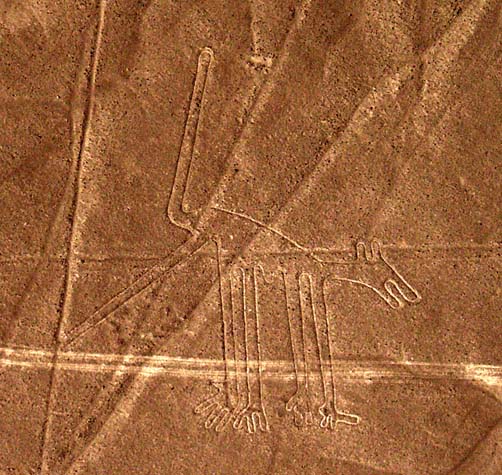 Skeletons that may represent the remains of crew members from Columbus' second excursion to the New World in 1493-94 were exhumed in 1990. The burials were a part of La Isabela on the island of Hispaniola, now a part of the Dominican Republic and that was the first European settlement in the New World. Credit: Fernando Luna Calderon, provided courtesy of T. Douglas Price
Skeletons that may represent the remains of crew members from Columbus' second excursion to the New World in 1493-94 were exhumed in 1990. The burials were a part of La Isabela on the island of Hispaniola, now a part of the Dominican Republic and that was the first European settlement in the New World. Credit: Fernando Luna Calderon, provided courtesy of T. Douglas PriceFrom Live Science:
Teeth from exhumed skeletons of crew members Christopher Columbus left on the island of Hispaniola more than 500 years ago reveal the presence of at least one African in the New World as a contemporary of the explorer, it was announced.
A team of researchers is extracting the chemical details of life history from the remains found at shallow graves at the site of La Isabela, the first European town in America, said T. Douglas Price, a University of Wisconsin-Madison professor of anthropology and leader of the team conducting an analysis of the tooth enamel of three individuals from a larger group excavated almost 20 years ago there.
Read more ....









